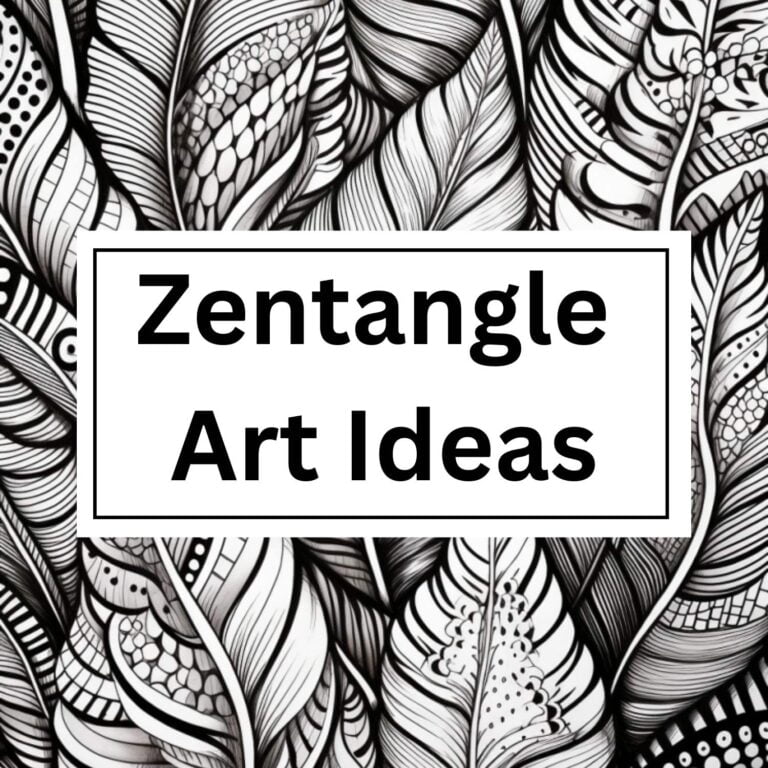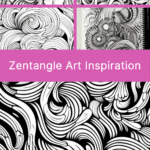Last Updated on August 13, 2024 by Dee
Welcome to our dive into the world of Zentangle, where art meets mindfulness. This unique art form is not just about creating intricate designs; it’s about finding a moment of peace and creativity in your daily hustle.
In this article, we’ll cover the essentials: what Zentangle is, its origins, and why it’s gaining popularity as a form of artistic meditation. We’ll also guide you step-by-step through creating your first Zentangle piece. Perfect for beginners and seasoned artists alike, Zentangle is all about enjoying the journey of creation, one stroke at a time. Let’s get started and see where these simple lines take us!
Grab our free landscape zentangle templates at the end!
A word about Zentangle® ““ It is a technique invented by Rick Roberts and Maria Thomas; please click here to see the official Zentangle site to read and learn more about it.
Table of Contents
50+ Zentangle Art Ideas


Nature Patterns: Use Nature drawing ideas and patterns inspired by leaves, waves, rain, etc.
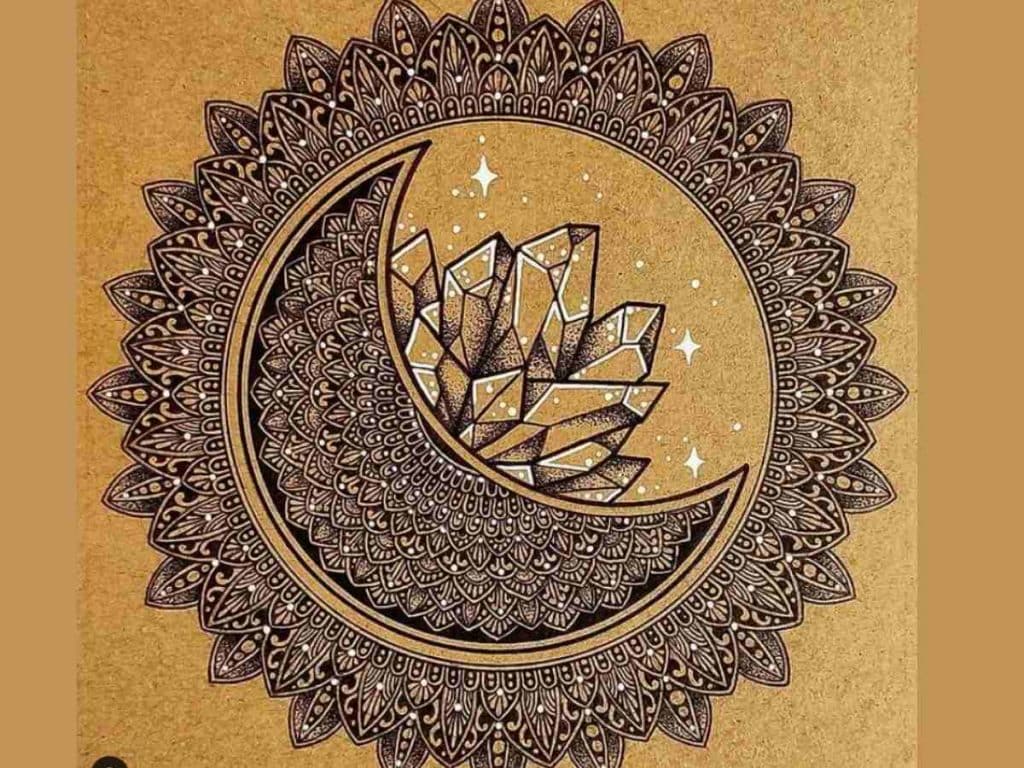
Mandala Zentangle: Start from the center and work your way outward.

Animal Zentangle: Create an outline drawing of an animal silhouette filled with intricate patterns.

Faces: Draw a portrait and use Zentangle patterns for hair or facial features.

Zentangle Feathers: Elongated patterns resembling bird feathers.
Alphabet Zentangle: Create each letter with intricate designs.

Floral Fantasy: Combining flowers with Zentangle patterns.

Galaxy Inspiration: Stars, planets, and cosmic patterns.

Geometric Zentangle: Circles, triangles, and squares filled with patterns.

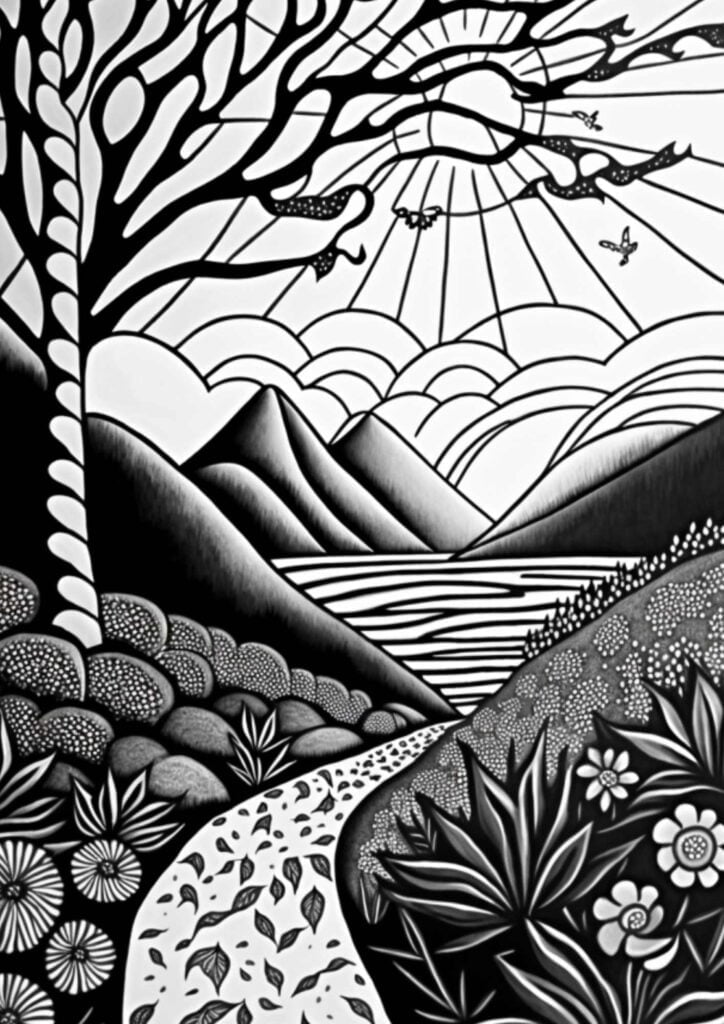
Mountain & Scenery: A zentangle landscape filled with patterned details.
Butterfly Patterns: Butterfly wings filled with intricate designs.

Dreamcatcher Zentangle: An intricately designed dreamcatcher.

Zentangle Owls: Using patterns to give the owl’s feathers texture.

Underwater Theme: Fish, corals, and underwater scenes.
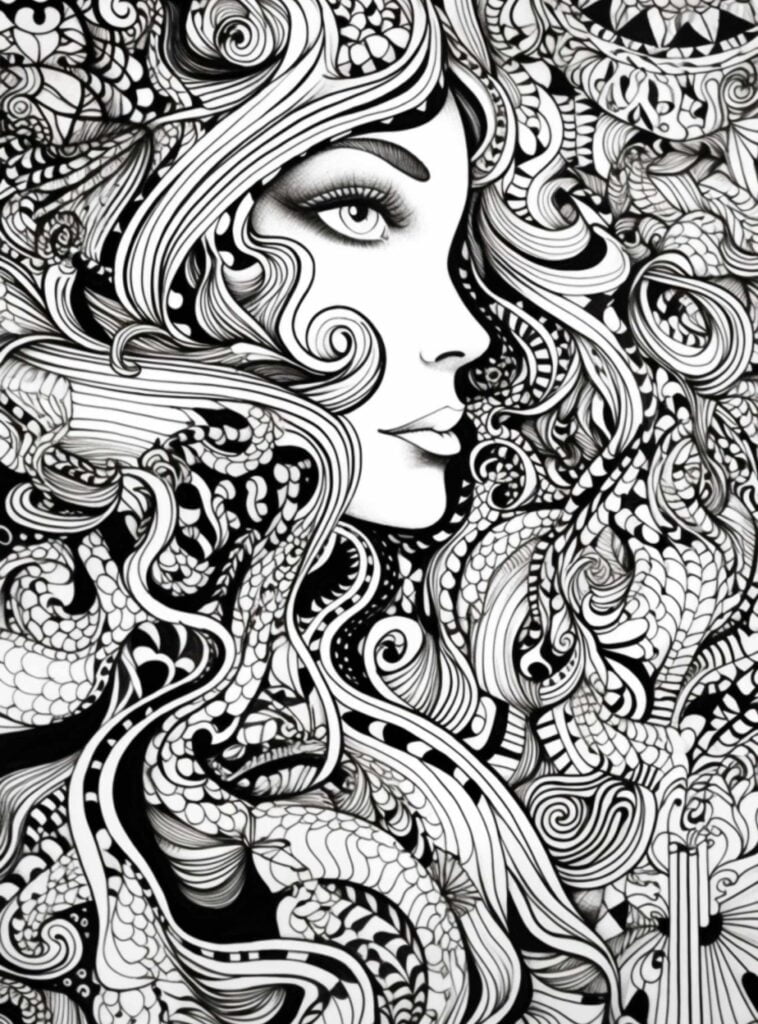

Abstract Faces: Expressive faces using Zentangle patterns for emotions.
Full Page Doodle Ideas
Footprint Patterns: Shoes or footprints made entirely of patterns.
Fruits Zentangle: Everyday fruits turned into intricate designs.

Zentangle Quilt: Design squares like a patchwork quilt.
Hot Air Balloon: A floating balloon filled with designs.
Cityscape: Skyline or specific buildings filled with patterns.
Zentangle Trees: Trees where every leaf or branch is a new design.

Steampunk Style: Gears, clocks, and Victorian motifs.
Zodiac Signs: Each zodiac sign reinvented with Zentangle.
Musical Instruments: Guitars, violins, etc., filled with patterns.
Tribal Fusion: Combining tribal patterns with Zentangle designs.
Bird’s Nest: Eggs and nests filled with intricate designs.
Seashell Collection: Various seashells, each with unique patterns.
Book & Literature: Famous book covers or characters in Zentangle.
Dragon & Mythical Creatures: Fantasy creatures made more mystical.
Microscopic Patterns: Patterns inspired by what’s seen under a microscope.
Footwear Designs: Shoes, sandals, or boots with Zentangle detailing.
Patterns in Motion: Swirls, twists, and flowing patterns.
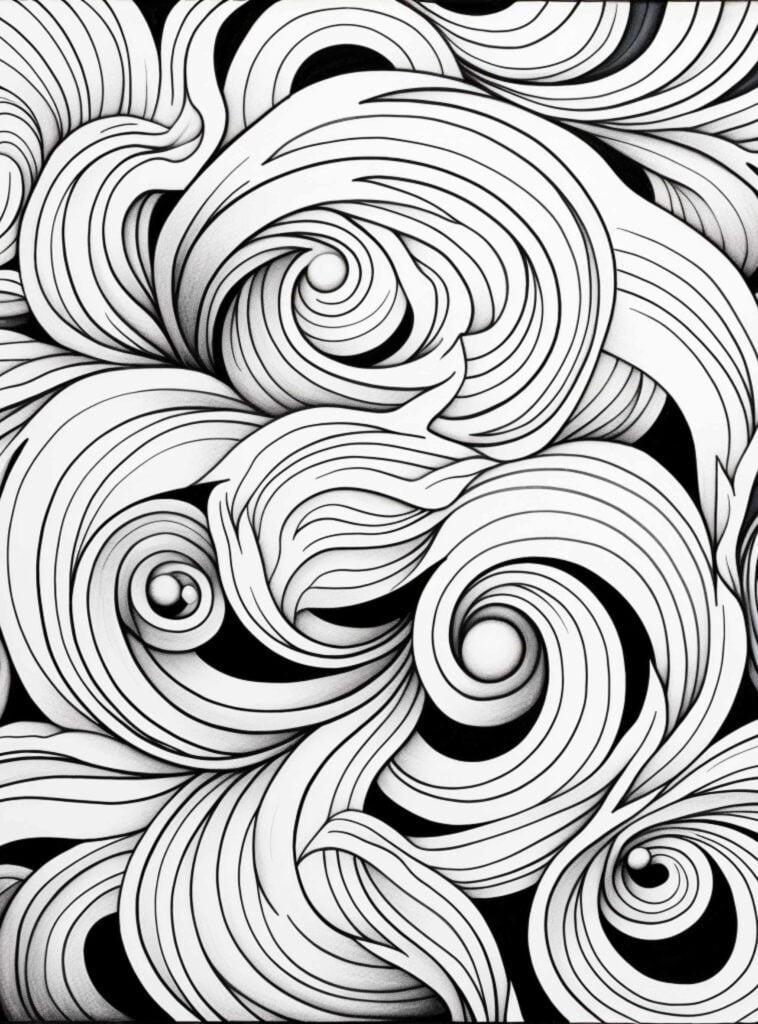



Origami & Zentangle: Folded paper patterns.
Carnival Masks: Masks inspired by various cultures.
Starry Night: Night skies, shooting stars, and constellations.
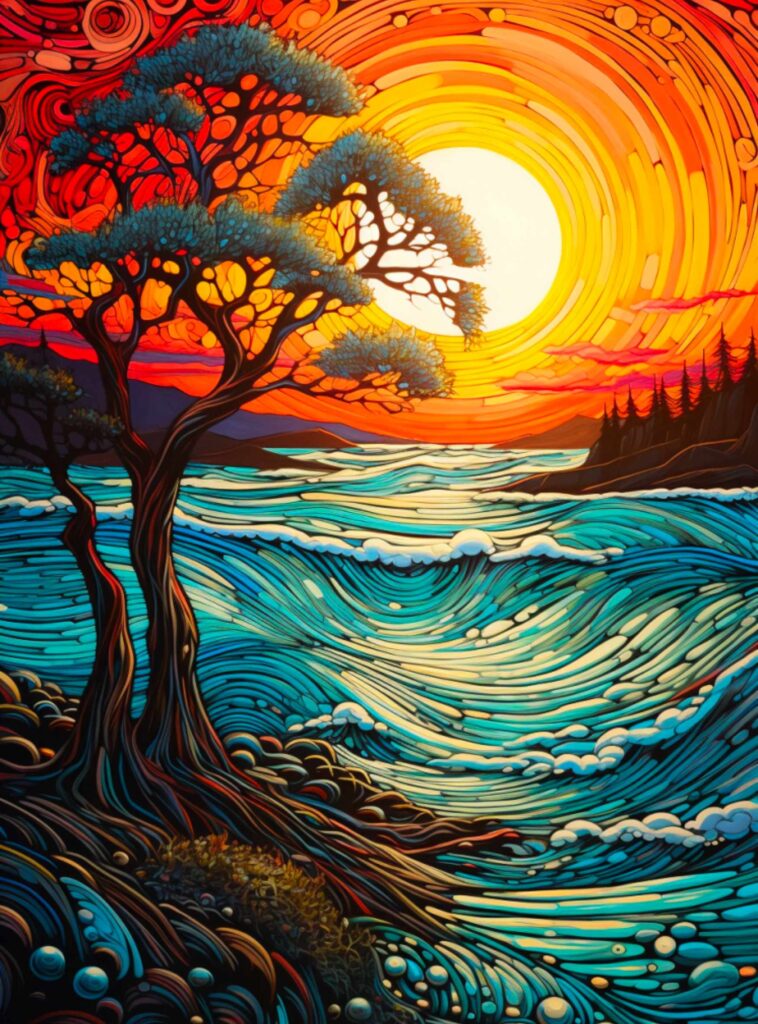
Seasonal Zentangle: Patterns inspired by different seasons.
Insects & Bugs: Spiders, beetles, or butterflies filled with designs.

Travel & Landmarks: Eiffel Tower or Statue of Liberty in Zentangle.
Abstract Emotions: Express emotions using abstract patterns.
Mermaid & Sea Creatures: Fantastical underwater beings.
Garden Fantasy: Plants, flowers, and critters in a garden scene.
Solar System: Planets and stars in intricate designs.
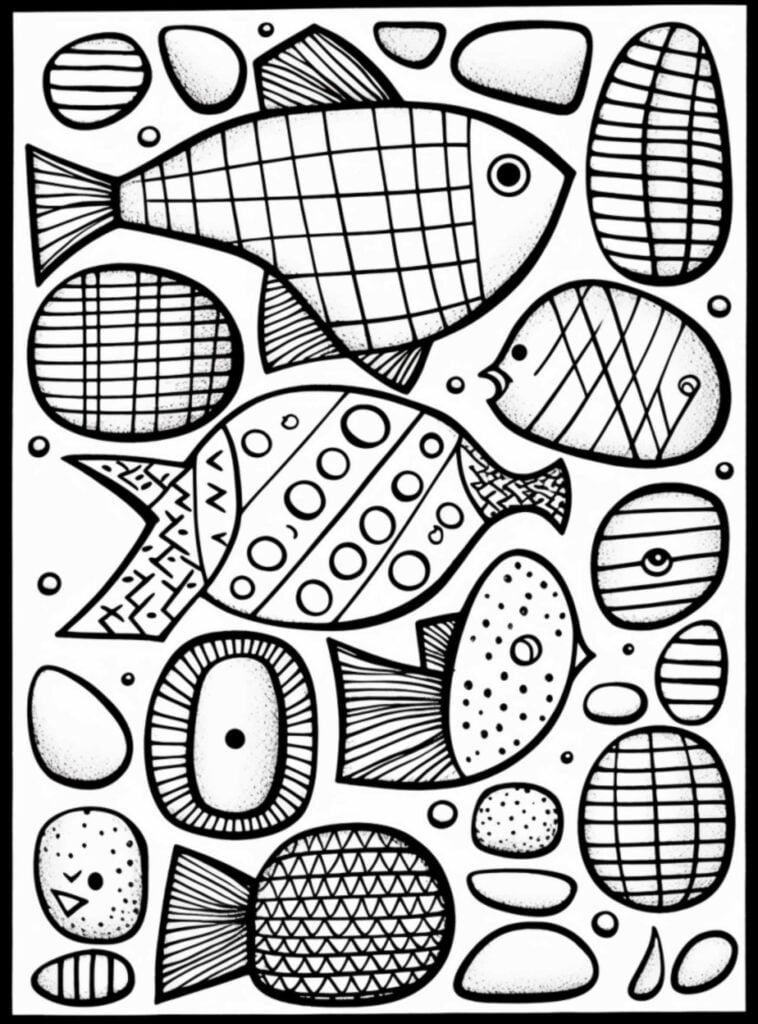
Arctic Animals: Penguins, seals, and polar bears in Zentangle.
Patterns of Time: Hourglasses, watches, and sundials.
Celebration & Festivals: Fireworks, lanterns, and festive motifs.
Kitchen Utensils: Forks, spoons, and knives in Zentangle style.
Rainforest: Parrots, monkeys, and jungle scenery.
Castle & Fairy-tale: Castles, unicorns, and fairy-tale elements.
Patterns of Sound: Musical notes, waves, and frequency lines.
Mystical Elements: Crystals, potions, and magical symbols.
Sports & Activities: Bicycles, skates, or basketballs in patterns.
Remember, Zentangle art is all about flowing with creativity, and there’s no right or wrong way to do it. Use these ideas as a starting point and let your imagination run wild!

Understanding Zentangle Art
If you’re looking for a relaxing and fun way to create beautiful images, then creating repetitive patterns through the Zentangle art form might be just what you need. This art form is all about drawing structured patterns, or tangles, using combinations of dots, lines, simple curves, S-curves, and orbs. These simple shapes are the “Elemental Strokes” in all Zentangle art.
Zentangle-inspired art is a non-representational form of art, which means that it doesn’t try to depict anything from the real world. Instead, it’s an abstract art form that’s all about exploring patterns and shapes. When you create a Zentangle, you’re not trying to create a specific image or object. Instead, you’re creating a unique work of art that’s all your own.
One of the great things about Zentangle art is that it’s easy to learn. You don’t need any special skills or artistic talent to get started. All you need is a piece of paper, a pencil, and a black pen. You can create a Zentangle on any size paper, but it’s typically done on a 3 ½” x 3 ½” paper “tile”. The small size allows for a work of art that can be completed in a relatively short period of time.
History of Zentangle Art
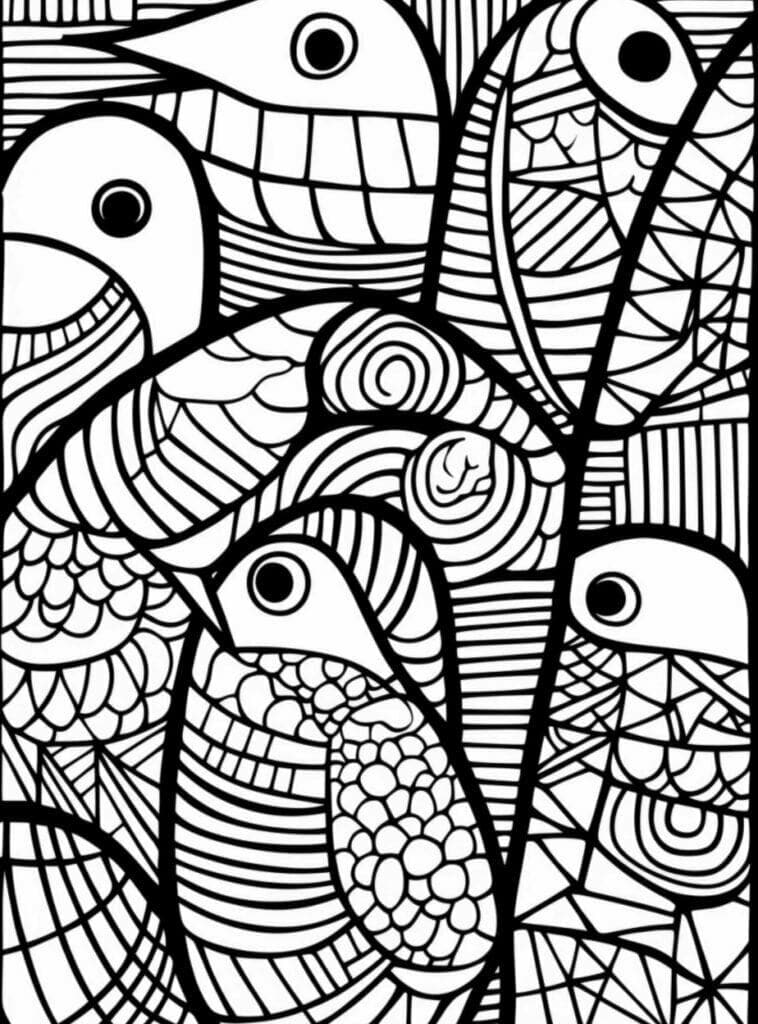
Zentangle Art is a unique form of art that involves drawing structured patterns, usually in black and white, on a small piece of paper. This art form was developed by Rick Roberts and Maria Thomas in January 2003. The Zentangle Method was created as a way to help people relax, focus, and be present in the moment.
The Zentangle Method is based on the idea that anyone can create beautiful art by breaking it down into simple steps. This method is timeless and can be used by anyone, regardless of their age or skill level. The Zentangle Method has been used in schools, hospitals, and community centers around the world to help people relax and focus.

Zentangle Method Explained
The Zentangle Method is an easy-to-learn, relaxing, and fun way to create beautiful images by drawing structured patterns. You don’t have to be an artist to enjoy Zentangling, as it’s designed for anyone who can hold a pen. The method emphasizes the process of creating, not the outcome, and there are no mistakes in Zentangle.
To start, you’ll need a few simple tools:
- 3.5″ x 3.5″ paper tile
- Pencil
- Black pen with a fine tip
Follow these steps:
- Gratitude and Appreciation: Begin by setting an intention and clearing your mind.
- Border: Draw a light square border around the edges of your tile.
- String: Inside the border, draw a light curvy line to create sections.
- Tangle: Fill each section with repetitive patterns.
- Shade: Add depth to your art by shading with a pencil.
- Initial and Date: Name your tile to make it truly your own.
The Philosophy Behind Zentangle
The philosophy of Zentangle revolves around the idea of embracing imperfection, appreciating the present moment, and becoming absorbed in the process of creation. One key aspect of Zentangle is its meditative quality, as the repetitive drawing of patterns can induce a state of relaxed focus. This enables you to let go of stress and enjoy the art-making process more fully.
Following the Zentangle Method can provide numerous benefits, such as:
- Increasing focus and creativity
- Enhancing self-esteem through accomplishment
- Reducing stress and anxiety
As you practice Zentangle, remember that it’s not about the destination, but the journey of creation itself. Allow yourself to become immersed in the process, and your Zentangle art will become a reflection of your inner calm and creativity.
Zentangle Art Supplies
Zentangle drawing is all about creating intricate patterns and designs using simple materials.
Here are the materials required for Zentangle art that will help you get started with the drawing process:
Paper
The Zentangle Method encourages using fine printmaking paper to use as a foundation for Zentangles. It should be plain white, unlined paper. Cut your square paper into a 3.5″ square piece. Handmade or textured paper is fine, as long as it doesn’t have patterns.
Pen
A black pen is the most commonly used pen for Zentangle art. You can use any pen that produces a fine line, such as a Micron pen or a Sakura Pigma pen. These pens come in different sizes, so choose one that you are comfortable with.
Pencil
Graphite pencil is required for shading and blending. A simple No. 2 school pencil will suffice, although you may want to eventually upgrade to a sketching pencil set depending on how much you enjoy shading your tangles. The Staedtler Mars Lumograph and Derwent Graphic Pencil sets are both under $10 quality sketching pencil sets that will more than meet your shading needs.
Materials
Other materials you can use for Zentangle art include colored pens, markers, and pencils. These can be used to add color and depth to your designs. You can also use blending tools like tortillons or blending stumps to create smooth gradients.
Black Ink
Using black ink is recommended for Zentangle art, but it’s not a requirement. You can use other colors as well, but black ink creates a bold and striking effect that is unique to Zentangle art.

Zentangle for Beginners
If you’re a beginner, don’t worry! Zentangle is an accessible art form for all skill levels. Start by taking a few deep breaths and feeling gratitude and appreciation for your supplies and the opportunity to create. Next, you’ll create corner dots and connect them with a light pencil line to form a border. Inside this border, draw a string – a light, abstract shape – which will serve as the foundation for your tangles.
Basic Zentangle Patterns
As a beginner, begin with some simple shapes and patterns to get a feel for the Zentangle technique. Here are a few basic tangle ideas to help you get started:
- Circles: Draw small overlapping circles, filling up the section.
- Squares: Create a checkerboard pattern with alternating filled and empty squares.
- Triangles: Draw several triangles next to each other, then rotate and repeat.
As you become more comfortable with these basic patterns, feel free to explore more complex tangle designs and let your creativity take flight. The more you practice, the more amazing and intricate your Zentangle art will become. Enjoy the process, and remember, there’s no wrong way to create your Zentangle masterpiece!
The Art of Tangling
Creating Your First Tangle
To begin creating your first tangle, you’ll need the right supplies. Use a square piece of plain white, unlined paper, preferably around 3.5 inches in size. Now, let’s start with the basics of tangle art:
- Dots: Lightly place a small dot in each corner of your paper square.
- Borders: Connect the dots with thin, straight lines.
- Drawing a String: In your bordered square, draw a random, curvy line that divides the space into sections.
- Tangle Patterns: Fill each section you created with different structured patterns, also known as “tangles.” Make use of dots, lines, curves, S-curves, and orbs to create these patterns.
- Shading: Add depth to your tangle art by shading some areas using a light pencil.
Remember, the beauty of Zentangle lies in its simplicity. There are no strict rules or mistakes in this art form. Just enjoy the process and see what unique patterns emerge.
Advanced Techniques and Patterns
As you become more comfortable with the Zentangle method, you can start exploring advanced techniques and patterns. Here are a few tips to enhance your tangle art:
- Variations: Modify the basic elements of Zentangle – dots, lines, curves, and orbs – to create your unique patterns.
- Incorporating Textures: Experiment with textures by using handmade or textured paper for your tangles.
- Combining Tangles: Integrate multiple Zentangle patterns for more intricate designs.
Here’s a step-by-step example of an advanced Zentangle pattern:
- Draw a circle in the center of your square.
- Divide the circle into multiple segments using straight lines.
- Fill each segment with a different Zentangle pattern.
- Add shading to create a 3D effect.
As you continue to practice, your tangle art will become more refined and complex. Remember, Zentangle is meant to be a relaxing and therapeutic process, so enjoy the journey!
Finding Flow Through Zentangle
Meditation and Mindfulness
Zentangling is a unique combination of art and meditation, allowing you to tap into a state of flow while engaging in this relaxing and focus driven activity. As you begin to draw intricate patterns, your mind shifts into a zen state that promotes both mindfulness and a sense of calm. Some users describe Zentangle as an artistic meditation, where each stroke of the pen helps quiet the noise of everyday life.
One way to practice mindfulness during Zentangle is by focusing on your breath. Try synchronizing your drawing motions with deep, relaxing breaths, allowing your thoughts to drift away as you immerse yourself in the creative process. This can enhance your well-being and further support a meditative state.
Therapeutic Benefits of Zentangling
Engaging in Zentangle has been known to provide several therapeutic benefits that can promote healing and overall mental health. Many individuals find that this art form serves as a powerful tool to relieve stress and foster a sense of accomplishment.
Here are some key benefits you may experience from Zentangling:
- Improved confidence: By creating beautiful patterns, you can develop a sense of pride and accomplishment, improving your self-esteem.
- Increased focus and concentration: The intricate nature of Zentangle patterns requires a level of attention that can translate to improvements in other areas of your life.
- Enhanced problem-solving skills: Experimenting with different shapes and designs can sharpen your ability to think outside the box and find creative solutions.
- Emotional regulation: The calming effects of Zentangle can help you manage emotions such as anxiety, anger, or sadness.
Steps to Create Zentangle Art
Creating Zentangle art is an easy and relaxing way to express your creativity. Here are some simple steps to get started:
- Gather your supplies. You will need a fine black pen, a pencil, a tortillon or blending stump, and a square piece of paper called a tile. You can buy pre-cut tiles or cut your own from high-quality paper.
- Draw a border around the edge of your tile using your pencil. This will help you stay within the boundaries of your design.
- Create a string. This is a light pencil line that divides your tile into sections. You can make it any shape you like, such as a spiral, a square, or a zigzag.
- Start to draw your tangles. A tangle is a simple, repetitive pattern that you can fill your sections with. You can find inspiration for tangles online or create your own. Don’t worry about making mistakes – there are no mistakes in Zentangle art!
- Shade your tangles. Using your tortillon or blending stump, add shading to your tangles to give them depth and dimension. This is where your design really starts to come to life.
- Continue to fill in your sections with tangles and shading until your tile is complete. You can create as many tiles as you like and combine them into a larger piece of art.
Beyond the Basics
Incorporating Zentangle in Other Art Forms
After mastering the basic Zentangle patterns, you can begin to explore how to incorporate this art form into other creative mediums. Zentangle can be used to enhance your overall creativity and add a unique touch to various art styles. For example, consider incorporating Zentangle patterns into your watercolor paintings, acrylic artwork, or even mixed media pieces. The possibilities for combining Zentangle with other art forms are limitless, so let your imagination run wild.
Here are some ideas on how to combine Zentangle with other artistic mediums:
- Sketching: Add texture and dimension to your pencil sketches by incorporating Zentangle patterns in the background or within your subject matter.
- Collage: Include Zentangle patterns in your collages, either by drawing directly onto the paper or by incorporating patterned paper.
- Ceramics: Embellish pottery with Zentangle patterns before firing for a creative and personalized touch.
Creating a Personal Zentangle Style
Developing a personal Zentangle style can transform your artwork and make it truly unique. To create your own style, experiment with different patterns, contrast, and dimensions. Remember, life is an art form and your personal style should represent your individuality.
Here are a few tips for developing a personal Zentangle style:
- Start by mastering the basic patterns. As you become more comfortable with them, add your own variations.
- Explore different line widths and shading techniques to add contrast and dimension to your designs.
- Look for inspiration in everyday objects, nature, or other artists’ work. Adapt these elements to your own style.
- Practice regularly to refine your skills and gain further insights into your artistic preferences.
By following these tips and experimenting with different approaches, you will continually evolve as an artist and develop a Zentangle style that reflects your own unique creativity.
Doodling with Zentangle Art for Kids
Zentangle art is a great way to encourage your child to doodle. Doodling can help improve focus and reduce stress. It’s a great way to keep your child entertained during long car rides or while waiting for appointments. With zentangle art, your child can create beautiful designs while improving their motor skills and hand-eye coordination.
Grab Our Free Landscape Zentangle Templates for HERE (below)!
To access the free in-post printables for this post, you’ll just need to create a free account or login with the Grow.me tool. Then, confirm by email and refresh the page, and ALL my free printables will automatically unlock in every post!
Frequently Asked Questions
What are the five elements of Zentangles?
The five elements of Zentangles are dots, lines, curves, S-curves, and orbs. These simple shapes are the “Elemental Strokes” in all Zentangle art. You create tangles with combinations of these five elements.
What is the rule of Zentangle?
The rule of Zentangle is that there are no mistakes in Zentangle art. Every stroke you make is part of the art, and there is no need to erase or start over. If you make a “mistake,” you can incorporate it into the design or simply move on and create a new pattern.
What is the difference between doodle art and Zentangle art?
While both doodle art and Zentangle art involve creating patterns and designs, there are some key differences between the two. Doodle art is often random and unplanned, while Zentangle art is structured and intentional. Zentangle art is also often created on a specific size of paper called a “tile,” while doodle art can be created on any surface.
How can Zentangle art be used for therapy?
Zentangle art can be used as a form of therapy to help reduce stress, anxiety, and other mental health issues. The meditative nature of Zentangle art can help you focus your thoughts and calm your mind. It can also help improve your hand-eye coordination and fine motor skills.
Other articles you may enjoy…
Looking for a Sketchbook for Markers? 13 Awesome Sketchbooks for Marker Art
10 Best Black Paper Sketchbooks for Artists to Explore New Ways of Seeing
Watercolor Markers: A Beginner’s Guide to Choosing and Using Them
